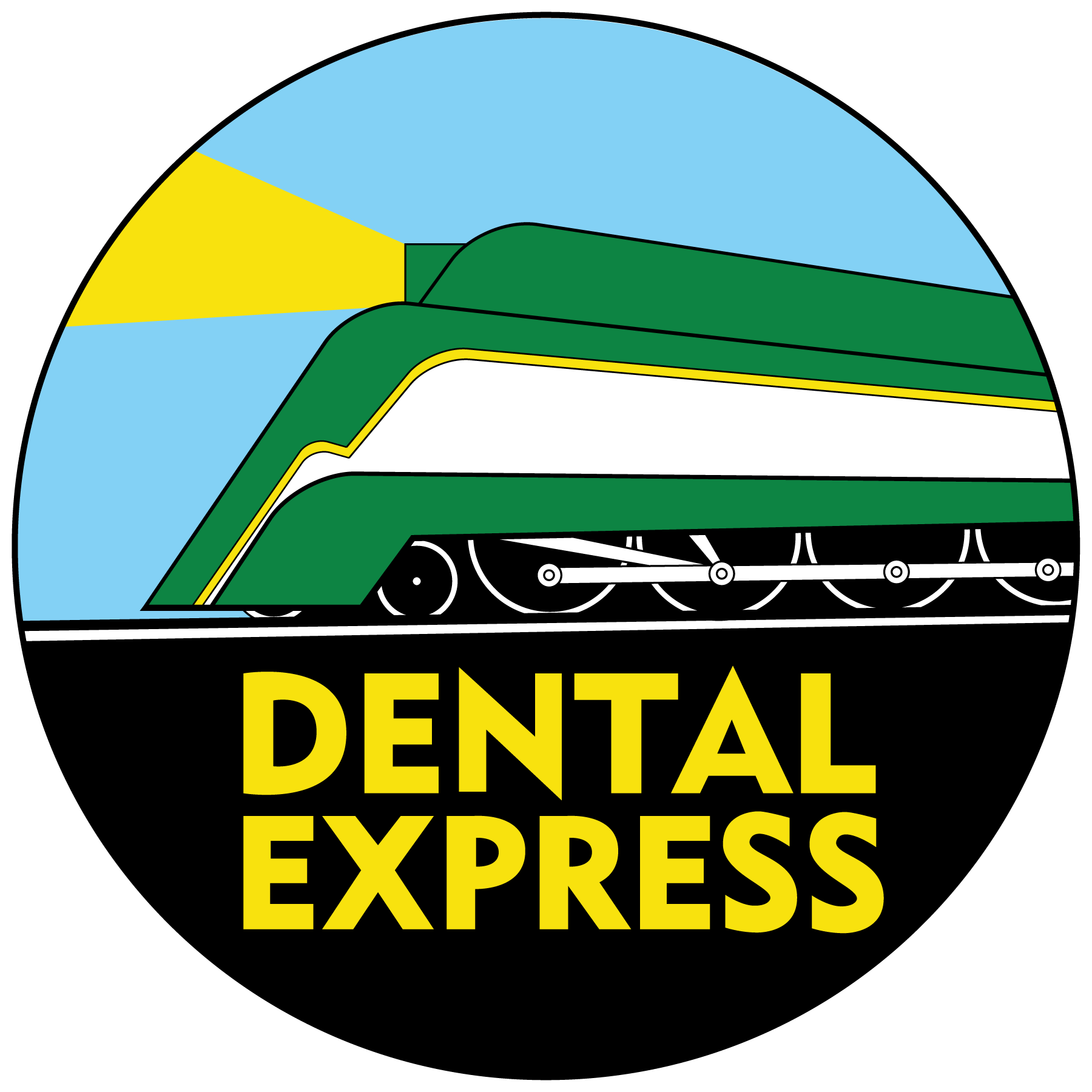Everyone has their preference, but are electric toothbrushes better than manual ones? Find out the pros & cons of each & who comes out on top below
Two minutes twice a day. That’s the golden toothbrushing standard.
And the research is clear. Cleaning your teeth for a solid 120 seconds is proven to remove much more plaque and decay-causing bacteria than a mere 45.
Essentially, the longer you brush, the more food particles you get rid of and the more likely you are to hit those hard-to-reach areas.
But could the brush you’re using have an impact on how effective your brushing sessions are?
After all, electric toothbrushes can vibrate, rotate, oscillate, and perform all kinds of complex movements that the human hand can’t hope to mimic.
Are manual brushers truly at a disadvantage? Or are all those fancy automatic brushes just for show?
This week, we’re hosting a dental care showdown between electric and manual toothbrushes to see which is best for your smile. Who do you think will win?
Let’s find out!
Manual Toothbrushes: The Pros
Compared to all the settings and perks that come with an electric model, a manual toothbrush might seem a bit dull.
But according to the ADA, they’ve been around for 5,000 years in one form or another. There’s a reason they’re still around and maintain their popularity status.
Not only are they simple to use, they’re also easy to get your hands on. Nearly every grocery store, supermarket, pharmacy, and even gas station keeps manual toothbrushes in stock.
But perhaps most importantly, they’re affordable. Whereas an electric toothbrush can run you anywhere from $10 to $300 or more, you can find a manual brush for as little as $0.99.
Even if you could find a powered toothbrush for a comparable price, you’d probably have to make a serious sacrifice in quality, which is never a good thing when your smile’s at stake.
Manual Toothbrushes: The Cons
As reliable as manual toothbrushes are, they do come with a couple drawbacks.
Compared to someone who uses an electric toothbrush, manual brushers are more likely to brush harder, which can lead to enamel abrasion and even erosion.
Also, since many electric models come with built-in timers, manual brushers may be at a disadvantage when it comes to brushing time. It’s harder to tell if you’ve brushed for the full two minutes without a timer, so you may unknowingly be cutting your sessions short.
Try using your phone’s timer or a regular kitchen timer to see how long you usually brush, and bump it up to two minutes if you find yourself finishing too soon.
Electric Toothbrushes: The Pros
Nowadays, you can take your pick from a wide range of electric toothbrushes, from basic one-setting models to advanced ones with all the trimmings.
Let’s take a look at the benefits that come with these powered brushes:
- Ease of use – As with most pieces of technology, battery-powered or rechargeable toothbrushes make brushing much more convenient. There’s no need to scrub back and forth and up and down. All you have to do is press a button and slowly move the bristles over your teeth. This ease-of-use makes them perfect for young children who haven’t gotten the hang of brushing yet, or seniors who have trouble with at-home dental care due to arthritis or other mobility issues.
- Built-in timers – As we mentioned above, two minutes twice a day is crucial to your dental health. Some electric brushes come with built-in timers that tell you when you’ve hit the mark so that you can stay consistent with your dental care routine.
- Built-in pressure sensors – More advanced models can actually help you avoid brushing too hard using built-in pressure sensors. Depending on what type you get, your brush can alert you in one of two ways. It will either automatically reduce the power to the brush to minimize the risk of damaging your enamel, or it will switch on a light to give you a visual cue that you’re using too much force…Or both!
- Replacement reminders – We’ve talked a lot about how often you should replace your brush on our blog, but remembering to get a new one every three to four months is easier said than done. With certain electric toothbrushes, you don’t even have to think about replacing your brush head, because it will automatically remind you when the time comes!
Now, all these high-tech add-ons are cool, but it’s time to take the gloves off and ask the big question…
Are Electric Toothbrushes More Effective at Cleaning Teeth Than Manual Ones?
The answer: Yes…
But only slightly!
In fact, the American Dental Association (ADA) states that the difference is so small that “it’s a wash,” and all that matters is you brush twice a day for two minutes.
Plus, it’s essential to note that only one type of electric model has been shown to achieve these improved results.
In the studies that report powered toothbrushes being more effective, models that both oscillate and rotate reduced plaque 7% more and gingivitis 17% more than manual brushes.
But again, the ADA doesn’t consider this statistically significant enough to select a winner.
So, if those percentages are enough to make you want to use an electric brush, then by all means, go for it!
But the takeaway for these tech’d out teeth cleaners is that they allow the user to have “optimal” brushing technique – whether they’re capable of brushing manually or not.
So, if you or someone you know has trouble brushing properly, an electric toothbrush is the way to go.
Outside of that, it’s entirely up to you!
Electric Toothbrushes: The Cons
Aside from the glaring price difference we talked about earlier, the main issue you’ll likely run into is finding replacement heads for your electric brush.
Depending on what kind you get, you may find that only certain stores carry new heads. This scarcity can make replacing them difficult if your store runs out of stock or if you go out of town.
And of course, battery-powered models mean you’ll need to take batteries with you wherever you go, unless you have a backup manual brush for traveling.
Overall, as the ADA says, the moral of the story is that – no matter what type of brush you use – you should brush your teeth for two minutes twice a day to help prevent tooth decay and gum disease.
And as always, don’t forget to floss!
San Diego’s Top Destination for Healthy Smiles
When you visit Dental Express, your smile always comes first.
We’re known around San Diego for our family-friendly atmosphere and affordable dental care, and we strive to live up to that reputation every day.
Our philosophy is to treat dentistry as a public service instead of a business, which drives us to consider your needs and budget before every decision.
If you want you-focused care at a reasonable price, give us a call. We have six locations in the greater San Diego area open six days a week, and we’re always accepting same-day appointments and walk-ins.
Just have some dental care questions you want answered? Our office team is always standing by to help out and give essential tips. Whatever your dental needs are, please don’t hesitate to reach out!
Keep Reading
Do You Make These Common Dental Care Mistakes?
The Health Conscious Consumer’s Guide to Buying a Toothbrush

